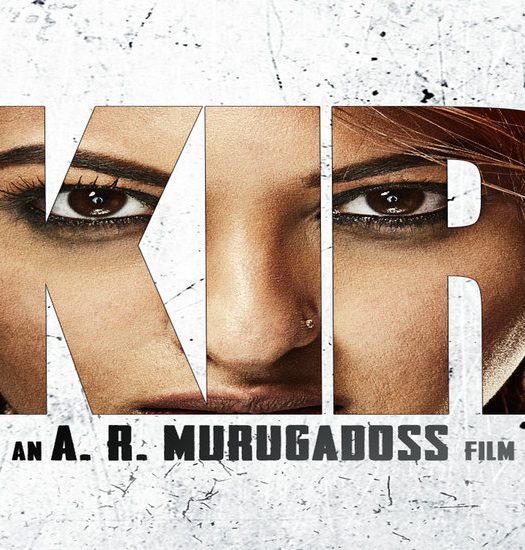Steadicam is a Great Tool but Not a Substitute for Everything: Adi Visser
Adi Visser’s association with Bollywood is not new. Apart from Vishesh Films, he has also worked with Nagesh Kukunoor on his film 8×10 Tasveer. On the release of his latest film project Aashiqui 2, Pandolin chats with this proficient steadicam operator who is based in Cape Town.

How did your association with the film Aashiqui 2 happen?
I have done few projects with Vishesh Films earlier too that includes Crook, Blood money and Murder 3, all shot in South Africa. And then last year they contacted me for Aashiqui 2.
How was your experience working with the Indian crew and cast? How was it different from your earlier experience in Hollywood?
I thoroughly enjoyed working with the Indian crew and it was a delightful experience indeed. I think they are very hard working people and very professional too. I have not worked in Hollywood yet but compared to the other projects and films I have worked on, I rate the Indian crew highly.
How was it working with the cinematographer of Aashiqui 2?
It was an extremely nice experience working with the DOP since he exactly knew what he wanted and conveyed it to me. There were no doubts or misunderstandings.
What were the inputs given to you before shoot? Did you ever work from any sketches or storyboards?
I did see a storyboard but just prior to shooting. There were not many discussions before the shoot. I used to get the shot detailing on the day of filming itself.
What were the major challenges you faced during the film?
There was one sequence in the film that needed to be shot in a forest where the terrain was quite rough and uneven. I had to do few 360-degree moves around the artist, which were extremely risky. I nearly fell down by tripping over a tree stump while shooting this.
Is there any particular shot in the film you can recall as being your most challenging one? Why?
We filmed few shots at the Cape Town Stadium where no equipment was allowed to be placed directly on the field. So our only option was steadicam that turned out to be somewhat exhausting. The takes happened to be quite long and that too without any rehearsals before the actual shooting. So yes, filming in the stadium, all on steadicam was really tough and tiring.
Since the role of a steadicam operator is both physically and creatively challenging, what are the key elements and qualities that one must possess?
Above everything else, you need to be fit first of all for being able to handle the physicality of executing this job marvelously. Now, the second most important thing is to be a remarkably good camera operator for which you must understand the camera movements and composition techniques. Having said that, one must not forget that steadicam is a great tool but it’s not a substitute for everything.
What are the crucial challenges, a steadicam operator generally encounters in his job?
Every DOP or Director has his/her own specific style of working. Hence, it becomes very important for a steadicam operator to study this beforehand and grasp the overall feel of the film. You must be able to deliver what the film requires and this gets especially difficult when you are not able to convey your opinions perfectly. Apart from this understanding, physical handling of steadicam is always challenging.
Which one is your favorite steadicam shot that you have ever shot in your career?
Recently, while working on a project, I did an exceptionally nice shot coming down with a Giraffe crane, stepping off and following a person down an alley and over the streets. It was a long shot that finally ended at a gate where the person entered and stopped. It was a terrific shot according to me.


